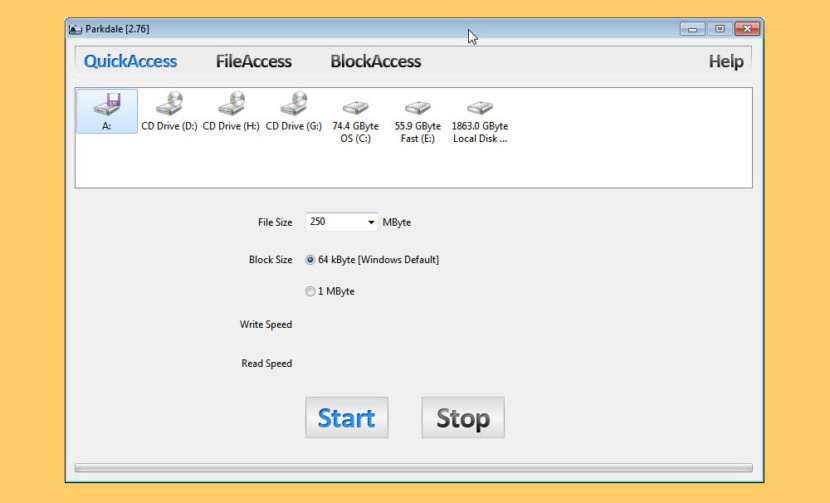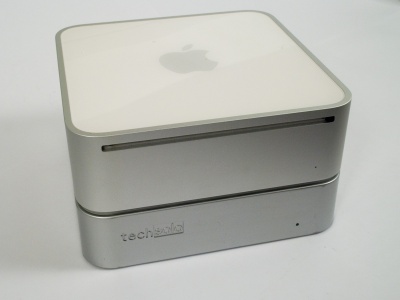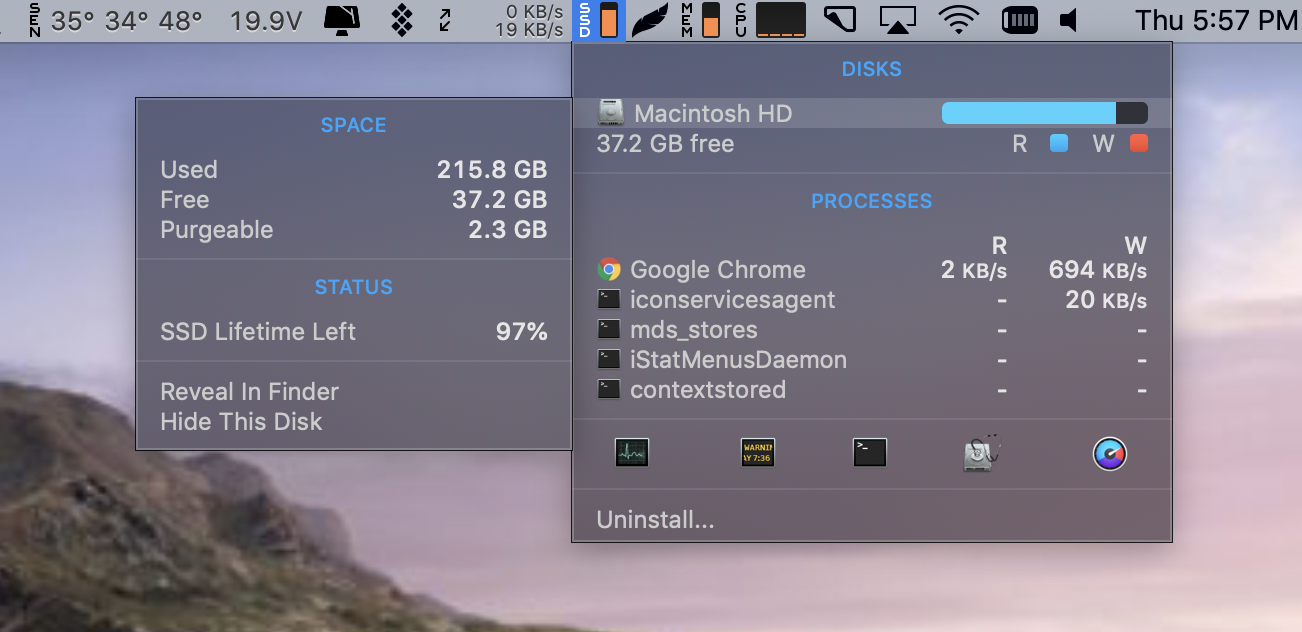How to monitor your Mac’s performance? How to tell that your computer works at its full? How to compare it to other machines with similar specifications? The answer: Mac benchmark tools.
Benchmarking can help you understand the performance of your Mac’s software and hardware, including the disk speed, memory, and graphics card performance. This information is very useful as you can see the weak spots in your system that can be enhanced.
Hard Disk Speed Test For Macbook
Disk speed test mac free download - Blackmagic Disk Speed Test, Disk Speed / Performance Test, LAN Speed Test, and many more programs. Monitor, test, and repair your hard disk drive. ATTO Disk Benchmark. This is one of the leading benchmarking tools from a respected name.
Luckily, there are many apps that can help you measure how various components of your Mac work. And in this article, we’ll look at five tools that can help you test your Mac performance.
Hard Disk Speed Test For Macbook Air
You’ll know how they work and what they can measure. Plus, we’ll tell you about a utility that cannot only help you monitor your Mac’s performance but also improve its work and take it to a whole new level. So let’s roll!
1. Blackmagic Disk Speed Test
As you have already understood from its name, the Blackmagic Disk Speed Test measures your hard drive performance, in particular, its reads/writes speeds. It was designed to help video editors to determine if their hard drives can handle various video files.
Blackmagic Disk Speed Test is extremely easy to use. It consists of a single window and a big Speed Test Start button. If you have a single hard drive, simply click the Start button and Blackmagic will test your hard drive and show the results.
If you have multiple hard drives, you need to choose which one you want to test. To do that, go the Blackmagic’s settings by opening the File or Stress menus from its toolbar. Once you’ve chosen the hard drive, you may click Start to run a test.
If you are looking for a good hard drive speed test on Mac, feel free to use Blackmagic Disk Speed Test. It is free to download from the App Store, so take advantage of this tool whenever you need.
2. Geekbench
Geekbench is a useful app for measuring the CPU performance and memory speed on your Mac. It includes different tests that were designed to estimate how well your Mac can run everyday tasks.

To start the Macbook performance test, you need to install the app, launch it, choose your processor architecture and click Run Benchmarks.



When the test is completed, you can compare your results with other users. Don’t miss this great opportunity, it is really useful to see whether users on the same computer get the similar results. This may suggest that there is a problem with your Mac and what you should really expect from your particular model and hardware.
You can try Geekbench for free, but if you want to get the full version, you need to buy it from the App store.
3. Cinebench
Cinebench is a platform used to test two things: CPU and graphics card performance. It may be interesting for you to know that Cinebench is based on MAXON’s Cinema 4D animation software that is used for 3D content creation. MAXON software has been used in different popular movies, including Iron Man 3, Prometheus, and Oblivion.
You can use Cinebench to test:
Main processor performance. Cinebench uses all your system’s processing power to test how quickly your processor can render a complex 3D scene that contains more than 2,000 objects, a great number of shadows, sharp reflections, and more. And the higher number you get, the faster your processor.
Graphics card performance. This test uses a 3D car scene that shows the car chase. And to test the capabilities of your graphics hardware, Cinebench uses a great variety of different effects and textures. The higher the numbers, the faster your graphics card is.
Cinebench is free to use, so if you need to run a CPU speed test on Mac or measure your graphics card performance, try it out.
4. Novabench
Novabench is a free tool that provides Mac benchmark test for your whole system, including CPU, RAM and graphics performance.

You can test your whole computer in minutes and even compare results with thousands of other systems. To run the Mac speed test, do the following:
- Launch the app.
- Click the Start Tests button. Novabench will start running different tests.
- Wait 1-2 minutes for the tests to run. Don’t use your computer during the tests.
- Get the results of each test along with the Novabench score (the higher the number you’ve got, the better).
Once you've tested your computer performance, you can add results to your profile or keep them private. If you want to share results with others, click the Submit and Compare button.
Novabench is easy to use and provides a quick way to test Mac performance.
5. CleanMyMac X: For overall computer performance
While the apps mentioned above are designed to measure Mac performance, a utility like CleanMyMac X can also optimize your Mac and improve its efficiency.
CleanMyMac keeps you up-to-date on all the important stuff going on inside your Mac:
- processor load
- memory usage
- available disk space
- battery health
If there’s a problem with your Mac, the app will let you know immediately and help you with the fix.
You get alerts when apps stop responding, disk temperature is high, the memory use is unusually heavy, and battery status is critical. With CleanMyMac X, you always know if your Mac is running well and can fix the problem as soon as it arises.
CleanMyMac also has the Maintenance module that gives you access to all Mac optimizing goodies: running maintenance scripts, repairing disk permissions, verifying startup disk, running Mail speedup, reindexing Spotlight.
All those things may sound a bit complex, but don’t worry: CleanMyMac X is extremely easy to use. Just run a scan of your whole system and the app will tell you what should be removed to boost your Mac performance. The scanning and cleaning process requires just 2 clicks and less than 5 minutes. Impressive, right?
Good news, CleanMyMac X is free to download. So give it a try and boost your Mac’s performance!
That’s it. We hope our article was useful and you’ve chosen a Mac benchmark tool that works best for you. Thanks for reading and stay tuned!
These might also interest you:
| Click here to return to the 'Benchmark your SSD or hard disk speed' hint |
Thanks. The submission had the same command twice, and as it was anonymous, I couldn't contact the poster. I did some Googling and found that second command. It seemed to work for me, but I've changed it in the hint.
Mac OS X Hints editor - Macworld senior contributor
http://www.mcelhearn.com
The read speed test is flawed as written. Using /dev/zero as dd's input and output file doesn't hit the disk at all and will return ridiculous speeds like 15-20 GB/sec. The proper way to do the read test is to be to dd the tstfile created by the write benchmark into /dev/null (but only after clearing the RAM cache by using the 'purge' command).
This one-liner will test the write speed, clear the cache, properly test the read speed, and then remove tstfile to reclaim disk space:
dd if=/dev/zero bs=1024k of=tstfile count=1024 && purge && dd if=tstfile bs=1024k of=/dev/null count=1024 && rm tstfile
Here's what I get using this method (and dividing by 1048576 to get Mb/sec):
Internal laptop hd (7200 rpm, sata): Write=42.99 Mb/sec, Read=38.09 Mb/sec
External G-Raid (esata): Write=134.76 Mb/sec, Read=192.32 Mb/sec
External Seagate hd (laptop drive, USB-2): Write=33.59 Mb/sec, Read=36.38 Mb/sec
External G-Raid (Firewire 800): Write=60.79 Mb/sec, Read=66.17 Mb/sec
Encrypted sparsebundle image on external G-Raid above (esata): Write=68.66 Mb/sec, Read=81.33 Mb/sec
That's not really very fast for Thunderbolt.
I bought a Factory Refurb LaCie Little Big Drive for $229 (LaCie.com), removed the drives and the fan, and replaced the drives with a pair of SSDs. Using RAID0, I get around 450MB/s read and 360MB/s write speeds with every test I've tried. It's much faster than the internal SSD in my 2011 iMac.
Mac OS X Hints editor - Macworld senior contributor
http://www.mcelhearn.com
The freeware Xbench's Disk Test offers a nice method for getting a few different kinds of disk benchmarks.
i.e: and No need to google around. Also keep in mind it's only as fast as your system's slowest bottleneck. I realized this myself when I recently upgraded my internal HDD to SSD. Obviously I didn't do proper research. I got a top of the line model and was expecting super fast speeds around 460MB/s on SATA-III, only to realize that my 2008 MBP only has SATA-I so I get about 120 MB/s.
Probably still faster than HDD, but I never did measure the speed before I upgraded.
You wouldn't save a great deal of money going sata-I or II ssd and this way you are future proof if you'll get a new mac.
That thought had occurred to me too. However if I was going to upgrade my Macbook Pro the new one would probably already have SSD and wouldn't be user-replaceable (like in the new Retina Display version)
…or you can just use a disk benchmarking tool like bonnie, which is available to be installed from MacPorts. When I tried:
time dd if=/dev/zero bs=1024k of=tstfile count=1024 2>&1 | grep sec | awk '{print 'scale = 2 ; '$(NF-1048576) '}' | bc
I got:
awk: non-terminated string }cale = 2 ... at source line 1
context is
>>> <<<
awk: giving up
source line number 2
Mac OS X Lion 10.7.4
That awk line has an extra quote, it appears.
Any way, I found that this works:
time dd if=/dev/zero bs=1024k of=tstfile count=1024 2>&1 | grep sec | awk '{print $1 / 1024 / 1024 / $5, 'MB/sec' }'
You don't need bc at all, awk can do the arithmetic. I am dividing the total bytes by the total seconds and by
By the way, my standard internal drive in my 27' iMac (2.8GHz, a couple of years old) did the writing at 91 MB/sec.
Even better, leave out grep also. Awk can do its own pattern matching:
time dd if=/dev/zero bs=1024k of=tstfile count=1024 2>&1 | awk '/sec/ {print $1 / $5 / 1048576, 'MB/sec' }'
One additional thing that might be worth mentioning...your test file (tstfile) should be larger than the amount of physical ram.
This prevents caching and artificially inflated read speeds. Allow me to demo this on my snazzy new iMac with the PCI-e drive...
The system has 16GB of ram, a 3.5 GHz i7 and 512 GB PCI-e SSD:
madht@host (]> 01:19:24
~> time dd if=/dev/zero bs=2048k of=tstfile count=1024 2>&1 | awk '/sec/ {print $1 / $5 / 1048576, 'MB/sec' }'
732.213 MB/sec
real 0m3.278s
user 0m0.002s
sys 0m1.155s
Wow faaaast writes - love this drive...
now check the file size
madht@host (]> 01:20:12
~>ls -al tstfile
-rw-r--r--+ 1 user staff 2147483648 Jan 4 13:30 tstfile
2GB, way less than 16GB.
Now lets Read it back...
madht@host (]> 01:30:19
~> time dd if=tstfile bs=2048k of=/dev/null count=1024 2>&1 | awk '/sec/ {print $1 / $5 / 1048576, 'MB/sec' }'
6262.12 MB/sec
real 0m0.329s
user 0m0.002s
sys 0m0.329s
Mother of God!! 6.2 GB/sec!!
Hmmm....that can't be right.
So lets try a much larger test file.
NOTE: The file size does not *need* to exceed your total ram, just the amount you have free. If you feel this is a valuable use of your time ;) hint, hint -- then adjust block sizes and counts to just exceed the amount of free memory you have available.
Here Goes with a 16GB file:
madht@host (]> 01:30:44
~> time dd if=/dev/zero bs=2048k of=tstfile count=8192 2>&1 | awk '/sec/ {print $1 / $5 / 1048576, 'MB/sec' }'
728.792 MB/sec
real 0m22.583s
user 0m0.007s
sys 0m5.543s
Still bloody fast writes, yum.
Check the size (I always do)
madht@host (]> 01:42:45
~>ls -al tstfile
-rw-r--r--+ 1 user staff 17179869184 Jan 4 13:42 tstfile
Yep, that one there is a whale that can't be crammed into my ram.
madht@host (]> 01:42:49
~> time dd if=tstfile bs=2048k of=/dev/null count=8192 2>&1 | awk '/sec/ {print $1 / $5 / 1048576, 'MB/sec' }'
779.598 MB/sec
real 0m21.018s
user 0m0.006s
sys 0m4.323s
Aaaah much more like it. And still pretty performant, yo.
One more thing to add and I don't know if was already mentioned or not tl:dr -- this is a sequential test only. iow - this is as fast as it gets and in no way indicative of how your drive performs when ~30-50% of its reads and writes are random - i.e. during regular multi application usage of the OS. ioMeter is the best open source benchmarker out there however they don't fully support OSX, just the worker engine binaries -- so iometer itself would have to run on a separate machine. But it's doable ;)
Would anyone be able to tell me how to use these commands to test my USB 3.0 drives or Thunderbolt drives?
